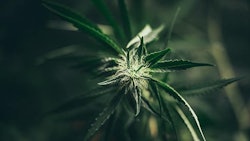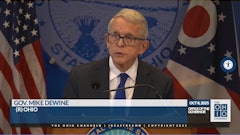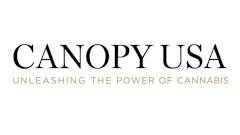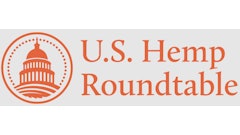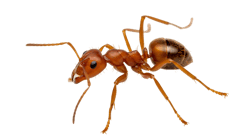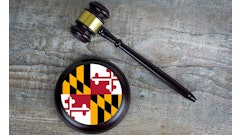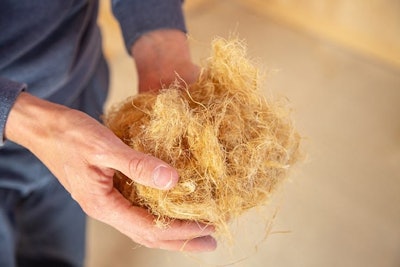
In last month's issue, contributor Tim Dermody, senior market analyst at PanXchange, wrote about the promise of the domestic fiber market in 2021.
There's a growing interest among farmers and a certain degree of demand among consumers for hemp fiber products. What's needed is the supply chain infrastructure to ensure that plants grown for fiber make their way to the processors interested in developing downstream products.
"PanXchange anticipates the value of true hemp will eventually split into categories based on the amount of bast fiber it contains, and the firm is monitoring that bifurcation of value with extreme interest," Dermody wrote.
Peoria Public Radio has a great piece out this week on the Illinois farmers who are pushing forward on the fiber segment.
“It is an incredibly, incredibly versatile plant,” David Lakeman, cannabis division manager for the Illinois Department of Agriculture, told the radio station. “I think we’re just barely scratching the surface of what private industry is going to be able to do with this plant once, you know, the market is a little bit more established.”
And that's the key: market establishment. Reporter Tory Dahlhoff interviewed Rebecca Dwyer, a younger farmer raised in the corn and soy business. She's grown hemp for two years now in Illinois, but the supply and demand curves aren't yet where they should be to ensure a successful business in hemp. She said that 2021 may be her last attempt before waiting for further market infrastructure to come around in the Midwest.
Meanwhile, farmer Rachel Berry, founder and CEO of the Illinois Hemp Growers Association, showed off a book printed on hemp paper—another outlet for hemp crops grown for their fiber components.
“Right now this is about building research and resources so that we can collectively work together," Berry said, "so that when it is time to expand we all know what we’re doing and hopefully we are all on the same foot as far as sustainable systems and stewardship.”











